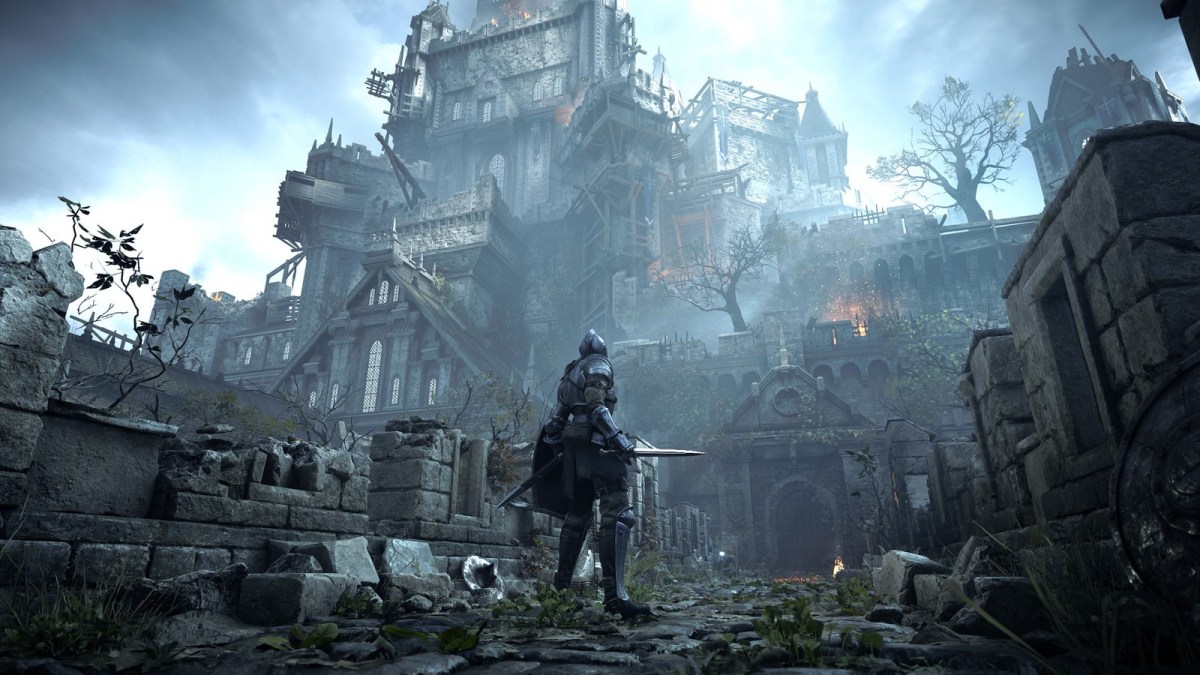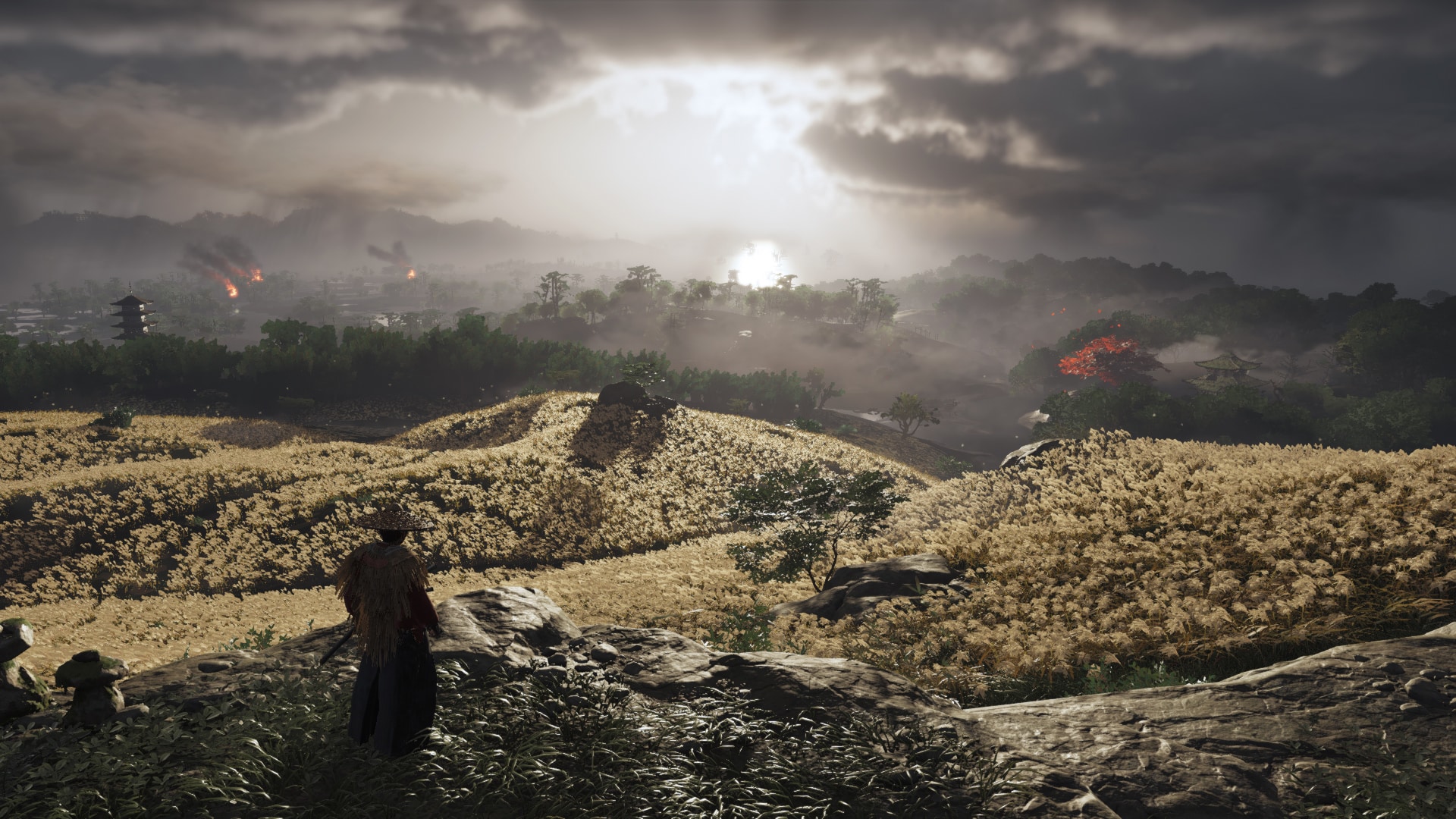With the arrival of the PlayStation 5 and Xbox Series X creeping closer, so comes a new frontier of technology. The worlds these consoles will be able to create, the experiences we’ll have inside of them, and the ways in which they’ll be able to further connect us globally is such an exciting prospect. However, while I’m absolutely all in on day one for both PS5 and XSX, there’s one “enhancement” both parties have been touting that might not be as great as it initially appears to be.
Ever since the next-gen specs came out, one of the focuses has been how solid state drives, or SSDs, are going to mean the end of loading screens. During the Unreal Engine 5 reveal demo from back in May, Epic Games founder and CEO Tim Sweeney proudly touted that “the world of loading screens is over.” Again, with the detailed post on the Xbox Velocity Architecture, the Series X’s Director of Program Management Jason Ronald described how the new technology “effectively eliminates loading times, and makes fast travel systems just that: fast.” And in a recent interview with Kotaku, Sucker Punch developers said that they had to artificially lengthen some loading screens in Ghost of Tsushima in order to give the player time to actually read and digest the helpful tips that were presented during them.
This world of faster/nonexistent loading screens is nothing new to PC games that have already made the jump to SSDs. Likewise, developers have been making tons of design decisions to help mask loading screens, such as the ubiquitous “character slowly shimmies through a tight corridor” animation. Dana Cowley, Senior Marketing Manager at Epic Games, even commented on the fact that this animation was in the Unreal Engine 5 demo, saying that it wasn’t a trick to hide loading, but rather to showcase the textures up close. The most famous recent example of this is probably in 2018’s God of War, which managed to maintain its wonderful illusion of a cinematic single shot by having you circle around the Bifrost in order to fast travel without a proper loading screen.

So many games have been trying to circumvent, mask, or simply get rid of obtrusive loading screens. But with the promise from both console makers that these currently necessary pauses will soon become largely obsolete, I can’t help but feel like we’re losing something in the process. While it definitely sounds cool that we’ll be able to fast travel instantly around Manhattan in Spider-Man: Miles Morales on PS5, there are some equally cool, interesting, and important things we’ll be giving up in a world without loading screens.
Taking a moment of pause after a particularly crushing defeat in a game helps us reevaluate our decisions and really let the feeling of defeat sink in. FromSoftware’s games in particular have managed to transform these loading screens into brief moments of reflection. And while Bloodborne’s initially lengthy loading times were shortened after launch with a patch, we’re still given enough time to compose ourselves after failure before heading back into the fray. There were even fantastic stories of the creative ways that people weaponized these waiting periods for good, like how a Kotaku writer used his own failure in the game as motivation to get in some micro-workouts.
Sticking with FromSoftware for a moment — which, honestly, could be the title of my autobiography — one of the biggest games showcased during Sony’s recent PS5 reveal was Bluepoint’s remake of Demon’s Souls. And while the environment, characters, and atmosphere all look incredible, I worry the jump to new hardware might mean getting rid of the original’s loading screens, which took the time to show players these absolutely fantastic character portraits of all the weirdos you might stumble across throughout your journey around the Nexus. I’m hoping these manage to somehow make their way into the remake.

Obviously FromSoftware isn’t the only developer who utilizes loading in creative ways. Skyrim displays interactive 3D models and bits of lore that help keep players immersed in the world, even as it is being rendered around them. Some of the Assassin’s Creed and Bayonetta games have transformed their loading screens into interactive playgrounds where you can practice controlling your character and get a feel for the individual game’s combat systems. Sticking with Hideki Kamiya, Okami’s loading screens have light minigame elements that can earn the player extra in-game currency if played correctly. And of course, the grandfather of this was Namco, which famously filed a patent for the inclusion of interstitial distractions on games like Ridge Racer and Tekken.
On the more emotional end of things, some loading screens have been used to strengthen the tone and themes of the games themselves. A strong example is 2012’s Spec Ops: The Line, a fantastic third-person shooter that thoughtfully examined the cycle of violence we find ourselves willfully entering in video games. Inspired by Heart of Darkness and Apocalypse Now, the game saw your character slowly unraveling as your actions dug you deeper into the horrors of war.

At the start, loading screens would show character tidbits, setting description, and real-life war facts. By the end, once you’ve fully succumbed to the darkness, the screens begin to speak directly to you as the player, with messages like, “The US military does not condone the killing of unarmed combatants. But this isn’t real, so why should you care?”
Ultimately, I guess my opinion on next-gen consoles getting rid of loading screens pretty much falls in line with Dr. Ian Malcolm’s thoughts on using DNA from a fossilized mosquito to create a theme park full of cloned dinosaurs: “Your scientists were so preoccupied with whether or not they could, they didn’t stop to think if they should.” If 2020 has shown us anything, it’s that the world moves at a breakneck speed that’s becoming increasingly impossible to keep up with. Maybe video games taking a moment to allow us to catch our breath and gather our thoughts isn’t such a bad thing?






Published: Jul 18, 2020 02:28 pm